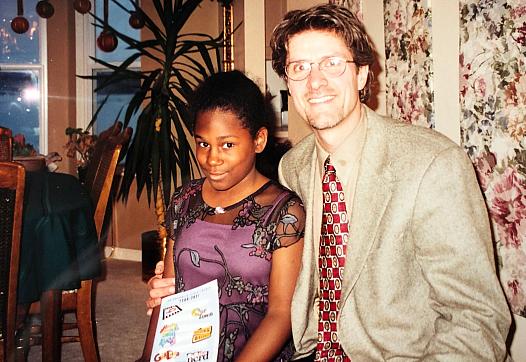
Ashley stepped out of Sandy’s red-and-white van. The 10-year-old didn’t say a word, didn’t glance back at Sandy, her adoptive mother. And she refused to meet the hazel eyes of the man waiting in front of her.

Ashley stepped out of Sandy’s red-and-white van. The 10-year-old didn’t say a word, didn’t glance back at Sandy, her adoptive mother. And she refused to meet the hazel eyes of the man waiting in front of her.
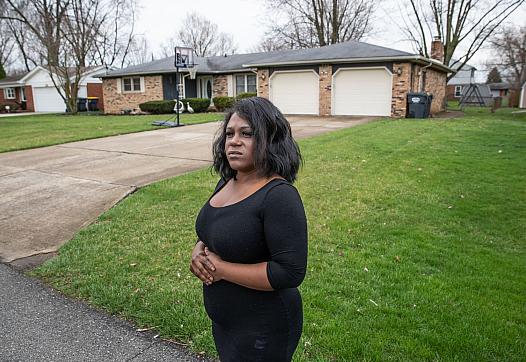
This is Part 2 of a five-part series was produced as a project for the 2017 National Fellowship.
Other stories in this series include:
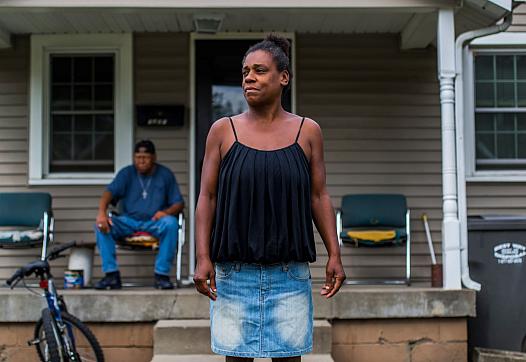
Ashley would be exploited, abused and, ultimately, abandoned by people who said they cared about her. And her invisible wounds would persist for decades.

This is Part 1 of a five-part series was produced as a project for the 2017 National Fellowship, a program of USC Annenberg's Center for Health Journalism....
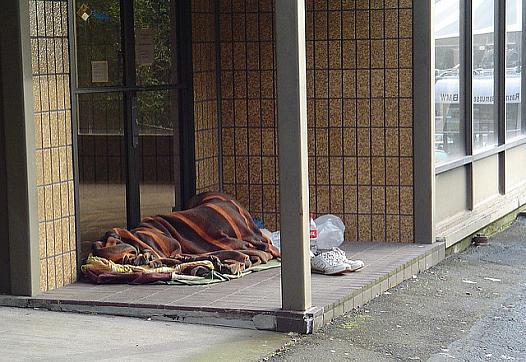
A new reporting project will "examine the health risks to the public that can occur when society and local governments neglect or underfund initiatives to alleviate conditions where homeless populations live."

Public health officials and medical professionals now recognize violence and other major factors — education, employment status, income, experience with discrimination — as key factors for women’s health.
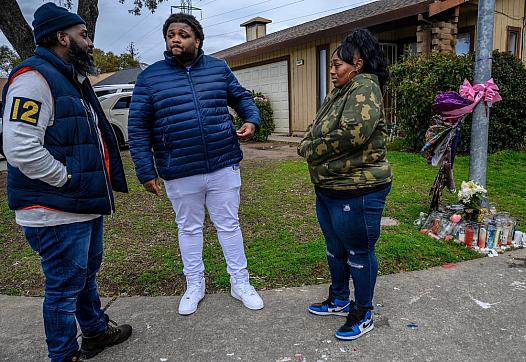
This story was produced as part of a larger project led by Molly Sullivan, a participant in the 2018 California Fellowship.
Other stories in this series include:
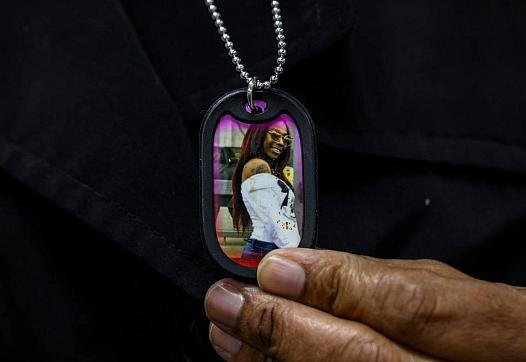
This story was produced as part of a larger project led by Molly Sullivan, a participant in the 2018 California Fellowship.
Other stories in this series include:
Domestic violence resource centers boost efforts in south Sacramento neighborhoods

Are there better ways to help women suffering from domestic violence and maternal depression? Forward-thinking providers and programs located at LAC+USC Medical Center are trying new approaches.